How to Charge AirPods Without a Case
Discover the truth about how to charge AirPods without a case. Uncover myths, find alternatives, and safeguard your audio experience.
Are you trying to decide between open-back and closed-back headphones? The concept between these two headphone styles is simple. However, the reasons why you would buy an open-back headphone over a closed-back headphone or vise versa should be based on your preferences.
Generally, open-back headphones are associated with high-quality sound. This is why most of the best sounding high-end headphones are open. However, you shouldn’t probably choose open-back headphones. Closed-back headphones are lower-priced (not always) and have better isolation. So, which should you choose between these two headphone styles?
It is irresponsible to choose without first learning the important distinctions between the two. In this post, I’ll cover everything you need to know about open-back and closed-back headphones. I’ll also cover the less popular semi open-back headphones in this post. You can also check out our headphone buying guide, In-Ear vs. On-Ear, vs. Over-Ear guide, or lastly, our IEMs vs. Earbuds guide.
Pros: Open natural sound, better sound clarity, comfortable, wide soundstage, better situational awareness
Cons: Do not block noise and other sounds, sound leakage,
Examples: Audeze LCD2C, Sennheiser HD600, Focal Utopia, Beyerdynamic DT 990 Pro
Open-back headphones are simply headphones that have a perforated, vented or mesh-covered ear cup enclosures that present a kind of see-through quality. Due to their open nature, when you check the enclosures of open-back headphones, you can usually see the headphone driver.
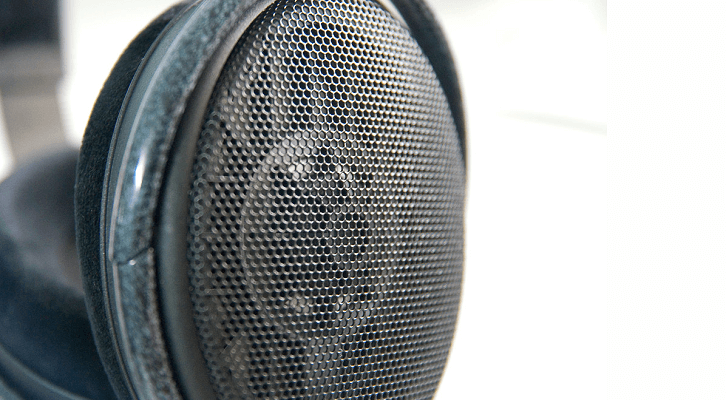
Sennheiser HD600
The advantage of using open-back headphones is their presentation of details. Because they have an open earcup enclosure, soundwaves are free to flow without being blocked. This gives out richer details, wider soundstage, and overall, an open airy sound. With quality recordings, you can think of open-back headphones like listening to a properly set up set of stereo speakers. The music reproduction is immersive, enveloping and with accuracy/clarity.
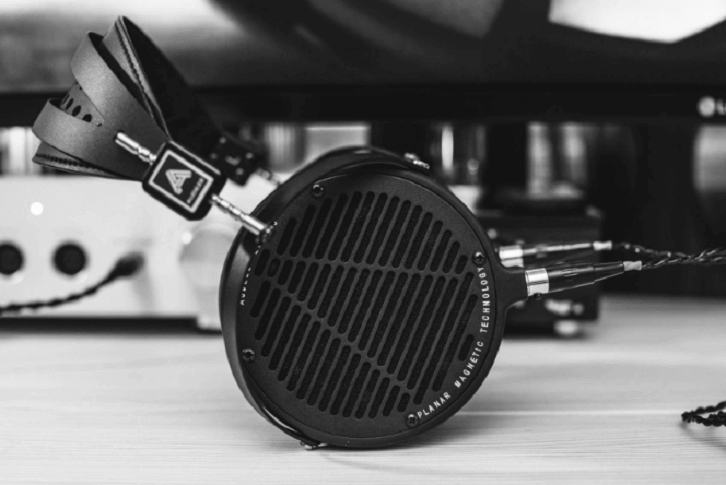
Audeze LCD2C Open Back Headphones
The downside of using open-back headphones is isolation from the surrounding environment. Thanks to the open-design, air can flow in and out. Even when the earcups comfortably sit on and cover your ears, you will still be able to hear the sound around you. This might be ideal for people who want to have situational awareness while listening to music. However, it is a disadvantage if you want to hear even the finer details of sound, which is what open-back headphones are best at.
Pros: Good Isolation, tight and punchy bass response, can be enjoyed at a lower volume, do not leak out sound
Cons: Might get hot during long sessions of use, Overall clarity/accuracy is lower, less soundstage
Examples: Audeze LCD-2 Closed, Takstar Pro 82, Audio Technica ATH-MSR7, Meze Audio 99 Classics
The easiest way to identify a closed-back headphone is also by looking at the earcups. Closed-back headphones will lack the vents, perforations or see-through mesh mostly associated with open headphones. Instead, the back of closed-back headphones is completely sealed. This means closed-back headphones offer the best noise isolation even when in a noisy environment. The downside of the closed earcup enclosure is that they may not be as natural sounding as open-back headphones.
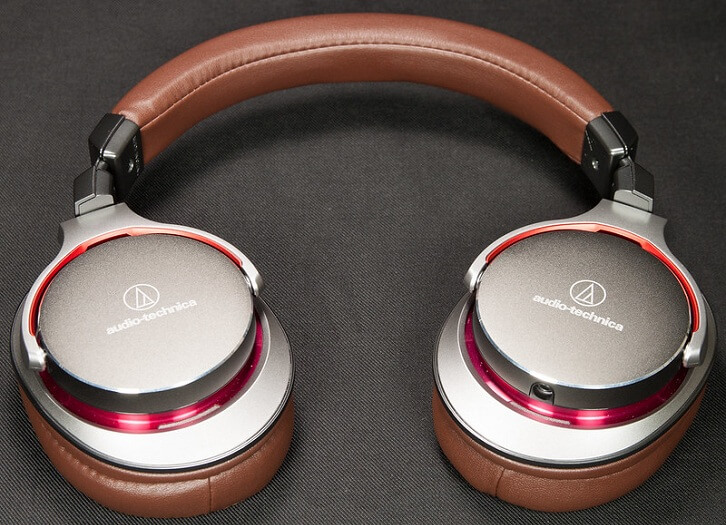
Audio-Technica-ATH-MSR7
However, if you are looking for a headphone with a bass/low-frequency enhancement, then your pick should be a closed headphone. With the headphone driver enclosed, it results in a more intense/punchy bass. The downside is if the bass is not well controlled, it can greatly affect the other sound frequencies. Some try and use anti-resonant materials that reduce the reflection of sound waves in the earcup which can greatly improve the overall clarity and accuracy of a closed-back headphone.
Pros: Good sound, wide soundstage, comfortable, situational awareness
Cons: Sound leakage, No isolation
Examples: Beyerdynamic DT800 PRO, AKG K 240, Superlux HD668B
Semi-open headphones are more or less closed but do not completely seal the headphone drivers allowing the passage of air and sound in and out of the earcups. Semi-open back headphones are much less common and do not offer many advantages over closed or open headphones. Mostly, semi-open headphones come with some benefits of open headphones but will also have all the disadvantages associated with open-backs.
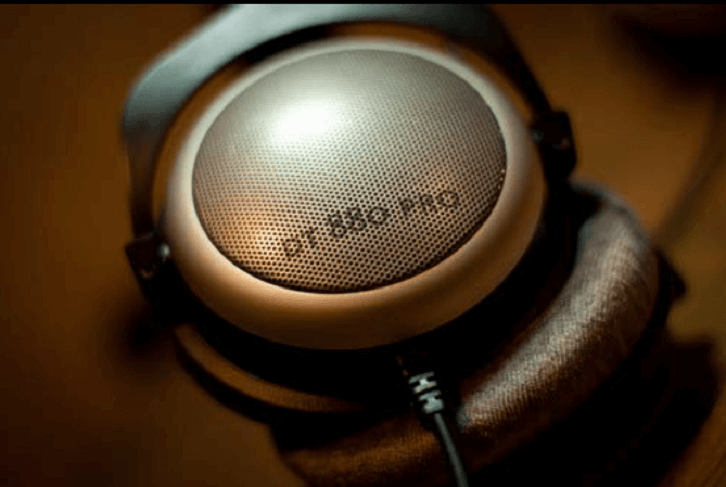
Beyerdynamic DT 880 Pro Semi-Open Headphones
When choosing a headphone, I would advise that you do not let the semi-open tag be a deciding factor. If you are looking for a good open-back headphone and the isolation of a closed headphone, a semi-open option is not the way to go. You are better off purchasing two headphones, an open headphone, and a closed headphone.
When it comes down to sound reproduction and quality, open-back headphones are generally considered to give out superior sound compared to the closed headphones. Because of their openness, they tend to be better at delivering natural and more realistic-sounding music. This is because sound and air can come in and out of the earcups. Thus, reflections of sound are minimized leading to better accuracy and clarity of sound.
Being open also means, open-back headphones have less air pressure to work against; as a result, the drivers in the earcups respond more efficiently and quickly to the changes in the audio signal. With Closed headphones, the earcups are closed thus they contain the sound and air inside. This, in general, gives closed-back headphones an upper hand by reproducing low frequencies (Bass) that are richer and punchier than open headphones.
However, the sealed nature can also work against closed headphones. When the sound waves get trapped in the earcups of closed headphones, they cause the sound to lack clarity or somewhat be colored. To enhance the sound, as I stated above, manufacturers try to incorporate anti-resonant materials that absorb sound waves and reduce the reflection.
Closed-back headphones are best in offering the maximum possible level of sound isolation. Once the earpads create a complete seal around or on your ears, then there should be no air or sound flow in or out. If sound escapes into the earcups, then the quality or density of the material used on the earpads should be improved.
Because of better sound isolation, closed headphones are well suited and ideal for people who want to enjoy their music in busy places such as train stations, shopping malls, airports, etc. This kind of headphones also helps with airplane pressure.
Most audio professionals such as DJs, studio producers or mixers, also prefer closed-back headphones because they allow better concentration and isolation.
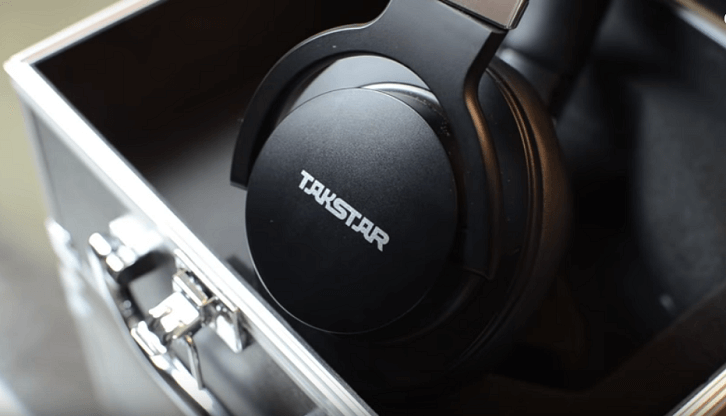
Takstar PRO 82
Not only do closed headphones offer sound isolation, but they also reduce sound leakage. This could come in handy in places such as the library or on a plane/car/bus where you can listen to your music without disturbing those around you. Closed headphones will also offer privacy since no one can tell what you are listening to, even if he or she is sitting next to you.
Open headphones are poor at offering sound isolation, especially in noisy places. Thanks to their open-back nature, when using them you will still be able to hear all or most sounds around you.
For this reason, the use of open headphones in the outside world might come with challenges but, in quiet places where you can hear your music without interference, they would work better. However, because of sound leakage, using this type of headphone in places like the library would be unethical.
However, for those people that need or want to be aware of their surroundings, then open-back headphones are excellent. If you enjoy your music while jogging or running in a busy area, then open-back headphones can be safer to have on while still working out.
Another area where open headphones beat closed headphones hands down is the soundstage. Soundstage is the ability to perceive the depth and location of instruments or speakers of both.
Open-back headphones have a broader/wider and deeper and more open soundstage reproduction since their backs are not sealed. The soundstage of open headphones can translate to the feeling you get when you are listening to a correctly placed stereo system. The music out of open headphones is more immersive and has more presence.
On the other hand, closed-back headphones tend to have a smaller, less airy soundstage. The experience can be described as “in-your-head” because you can hear and feel like the music is coming from the inside of your head rather than flowing past your ears. The effect of the soundstage in closed-back headphones can range depending on the headphone’s construction, material and price tag.
Read more about soundstage and imaging.
A portable headphone is a headphone that can be carried or moved around easily. But in this case, when it comes to portability, a closed-back headphone scores high. Whether in noisy or quiet environments, Closed headphones are versatile to most situations. They offer better sound isolation and do not leak much when they create a proper seal with your head.
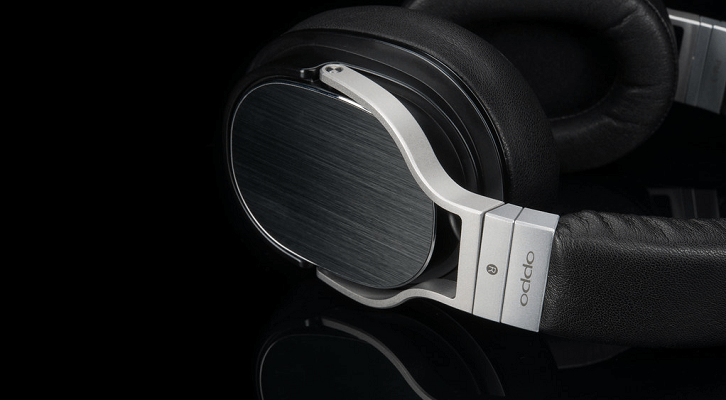
OPPO PM-3
Open-back headphones leak sound to the outside world. Besides, they do not provide any noise isolation for the user. For this reason, open-back headphones are a preferred option to use at home or at the office where you can listen to your music without distractions from the outside world, or without interfering with other people.
Usually, what determines the comfort of a headphone is the build and material quality, and not really by the fact that a headphone is open or closed.
However, comparing open and closed headphones each has its highs and lows. For example, Using open-back headphones in a hot environment would be ideal because they do not warm your ears as much as closed headphones. However, in cold environments, closed headphones too would come in handy. Comfort-wise, I think it would largely depend on the build and material quality used in the construction of the headphone.
Currently, some of the best headphones in the market are open-back headphones. These include the likes of the Focal Utopia, Audeze LCD-4 or the Sonoma Model One Electrostatic headphone. Though some of the best high-end open headphone models are pretty expensive, You can get cheaper ones such as the HiFiMAN HE400-S or the Grado SR60i. Check out our guide on the best open-back headphones for more choices.
Closed headphones are relatively well priced and readily available across a wide range of prices. Some models such as the OPPO PM-3 (One of my favorites) come in at less than $400. However, some high-end closed headphones are worth a fortune. The likes of the Audeze LCD-2 Closed-back or the Campfire Audio Cascade are examples of some high priced picks in closed-headphones.
Overall, each headphone style comes with its advantages and disadvantages. Whether to choose an open headphone over a closed headphone entirely depends on your preferences. I hope this guide is going or has helped you make a better and informed decision before picking out your next headphone. So, which headphone style do you prefer and why? Leave your comments below and let’s continue this conversation.